(Berlin.) An industrial wasteland not far off Hermannplatz, deep down in the Turkish-Arabian sector of Berlin where many young and aspiring, or no longer that young but still dedicated - or desperate, in lack of alternatives - artists reside, surrounded by construction sites and ruins, a wannabe art critic was marching through the mud, stopping only to observe a stranded delivery truck in the deserted side street next to a closed supermarket, the driver talking calmly to a policeman. It was a Sunday. Or well, to be honest, this text is the result of two separate visits to Kindl Brewery’s exhibition space, both a while ago now, so please don’t expect perfect exactness here.
And I have no idea what happened to that delivery truck later.
Sooner or later in the life of every Berlin brewery comes the moment when it will be converted into an arts and event centre, and not necessarily because its parent company ceases to produce the delicious fluid. Berliner Kindl (“Berlin Kiddo”) for instance is still being brewed, still popular, and actually one of the better beers of Berlin (you’re in Kindl’s marketing department? Come on then, give us a call... This should be worth a crate or two, don’t you think?).
The art brewery’s main door was barred, and only a small sign pointed left for David Claerbout: Olympia. In the darkness of a midsized cinema with bean bags for seats – far more comfortable than the average cinema seating - the Belgian artist shows a film at least as thrilling as the Hollywood output these days. Frankly, who in his right mind would not prefer contemplating a webcam stream from the outsides of an empty sports ground to “Generic Superhero Franchise Part xyz”? Claerbout’s Olympia is not actually a live stream from Berlin’s Olympiastadion, located about 15 km west from here (by foot), but a hyperrealist computer simulation. If only all CGI would look like this and less like a cartoon or a video game cutscene! Close up views reveal the unsuspected beauties of manhole covers while the current weather conditions outside get reflected on screen in real time. Still, it’s artificial, dead, without pigeon excrements, smashed beetles or fresh spittle stains on the ground. Quite obviously, Claerbout seeks to express something about the history of the place, about dealing with remembrance and the reality of a picture. Taken for itself, the stadium built for the 1936 Olympic Games is an impressive construction, an architectural statement, and worth a visit not least when Hertha BSC, the local team, is playing (surprisingly well this season). It’s also one of the last surviving architectural statements of the Nazi era. David Claerbout’s project is scheduled to run for a thousand years, as was the Olympic Stadium projected to last when Albert Spear conceived it in the days of the “Thousand Year Reich” (the Nazis called it either that or the “Third Reich”; Reich=Empire). But the software includes no gardening and maintenance logarithm, the grass will grow, the stones will decay – you’ve ever watched that docu series Life After People?
Olympia is almost like a music video for John Cage’s As Slow as Possible, that musical composition to be playing for six hundred thirty-nine years in an East German church. Kindl however will host the projection for eight months and seventeen days only, roughly the sixth of an olympiad. The remaining nine hundred ninety-nine years, three months and fourteen days, Olympia will be screening somewhere else, in theory at least. Would it not have been even more fitting to show it in Berlin for six (years of WWII), or twelve (years of Nazi rule in Germany) months? Too obvious, probably.
Olympia is based on a simple idea executed with immense technical effort, and provides a lot to think about. By creating an alternate reality, virtual like a mental design, yet more fragile than reality in the absence of human influence, it simultaneously manifests human hubris and the spoil of grotesque ambition. Berlin’s Olympic Stadium is not often perceived like this: A presence of the past, an anti-memorial, a scar that slowly heals in destruction.
When I said, Kindl would still be brewed, I did not mean “around here”. They entertain new facilities further east, which is why the rather impolite announcement: “No art/toilets/exhibition here, we’re a brewery” behind a window next to the cash desk is very puzzling (see picture above). Talking about cash desks, you don’t need money to participate in Olympia, for two more exhibitions you do. They are hidden on the other site of the building where you get a ticket-sticker to put on your coat. If later, when taking the outer staircase that cannot be watched from the cash desk, you feel regrets, be assured somebody will eventually check for that sticker.
How Long Is Now is a group show with calendar sheets quoting politicians from yesteryear, a flower poster, and a Henry Moore coffeetable book on a platform above. With toy ruins, photographed love letters to a “comrade”, cobblestones from porcelain and no beach beneath. With a graphic novel framed in single sheets telling of a museum director in Iraq and his struggles to protect artefacts in and after the latest war, while a screen displays numbers that correspond to the seconds passing in contemplation. At one point every visitor frantically feels for his mobile, but “that’s not my ringtone, is it”?! It’s a classic rock song played almost inaudibly quiet every time somebody steps into a sensor. That Iraqi museum director, who has passed away lately, used to play in a band.
And the meaning(s) of all this? Glad, you asked... That “comrade” is Chronos, Father Time himself. The exhibition concept starts from an essay of German theorist Boris Groys who some years ago translated the German term for contemporary (relating to persons): “Zeitgenosse” as “comrade of time” (you will find it at e-flux magazine, here). This is debatable. The literal translation would be “time-comrade” (“Zeit-Genosse”). In modern German, a “Genosse” – from old high German “ginoz” = “somebody who has the right to enjoy/profit (of) something” - is a comrade in martial, juridical (a cooperative), or politically left sense. Assumed there were logic in language, “time-comrade” could either mean “a comrade IN time” (you and me at the same instant), or “a comrade OF/with time” (Timey Time, me ole chum). It’s not evident why Groys needs the German term to establish his concept when the Latin roots will do just fine: The English “con-temporary” originates in “cum tempora”=“with time”. Thus it either means “you with me, at/IN the same time” or “Time and I”. Sounds familiar, does it not?
“With”, or “of”, could be understood to emancipate the individual, who is “on equal terms with time”. This is impossible as soon as any process comes into play – like creating or contemplating art. You cannot escape time in the most trivial sense. Even if it’s relative, all human creation, all human thought, happens in time (life is but a just in time production line), apart from the most basic “cogito”. Maybe even the instant you think is an instant, and time always given (a priori). The “with” needs to be an “in” too. At the most, contemporary art is about being with and in time, a subject and an object “at the same moment”, like an unborn baby is with his mother, but the “birth” can never happen.
The overall interesting essay has more flaws (even obvious ones like literally excluding the service sector from Marxist theory of value), but here is not the place to discuss them. Groys wants art to focus on the ‘right here, right now’, on ‘no future and no past’. (“Instant, linger on, thou art so fair”.) He defines “contemporary” as “a moment of doubt”, “a prolonged, even potentially infinite period of delay”, and claims, a genuine work of contemporary art ‘today’ would be about “losing time” by spending it. “Time based art” were a momentary and meaningless comrade of time.
Back to the show, art is said to deal with the individual position “in” time; where past and future meet, we presently act. If you think this is loads of fuss about not much new, I won’t object. With Ceal Flower and Jeppe Hein, two well known artist participate. David Claerbout’s Olympia is labelled a separate show, but it could easily have been included too.
Some now turn to the right and leave, not suspecting there was another storey. Well, there is, and paintings of Eberhard Havekost. Havekost is a painter and something like the poor man’s Gerhard Richter’s - “poor” is relative in terms of sales. He tries really hard to be like his idol, doing all different styles, never to be recognizable, but he seems to have forgotten, the copy of a concept is worth less than the concept itself.
A car in a scrap press, a water dinosaur, prehistoric people, close ups on lips, eyes and blacked out TV screens, chaotic colour fields in oil, a lump of sugar, cables and Cy Twombly like telephone pad scribble: It would be a neat group show, it shows less personal style than the group show downstairs. Like countless others, Havekost starts from photographs, photoshops them, and paints the result. This he does to refer to digital media and “the authenticity of images”. The exhibition’s title is “Inhalt”, i.e. “Content”, and that is high in demand today, with everybody ceaselessly producing content for websites, newspapers, galleries, etc.
David Claerbout, Olympia, 11 September 2016-28 May 2017
How Long Is Now, 23 October 2016-19 February 2017
Eberhard Havekost, 23 October 2016-19 February 2017
World of Arts Magazine - Contemporary Art Criticism
One last point: Was it to do with the well known effects of brewed beverages on the aesthetic apparatus, or are Kindl’s interns indeed provided by a model agency?

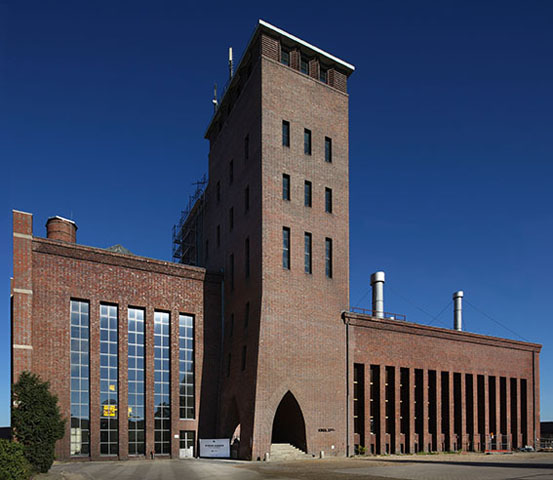

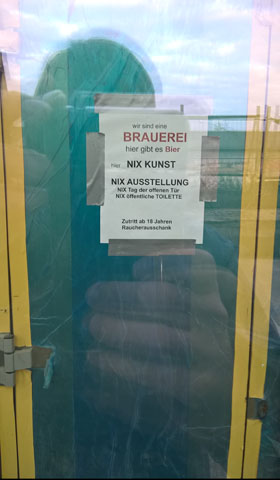

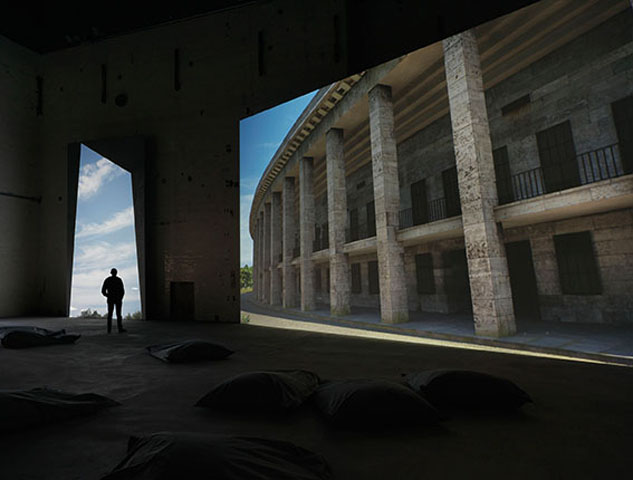
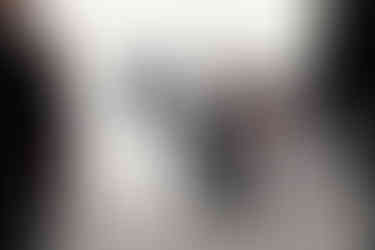


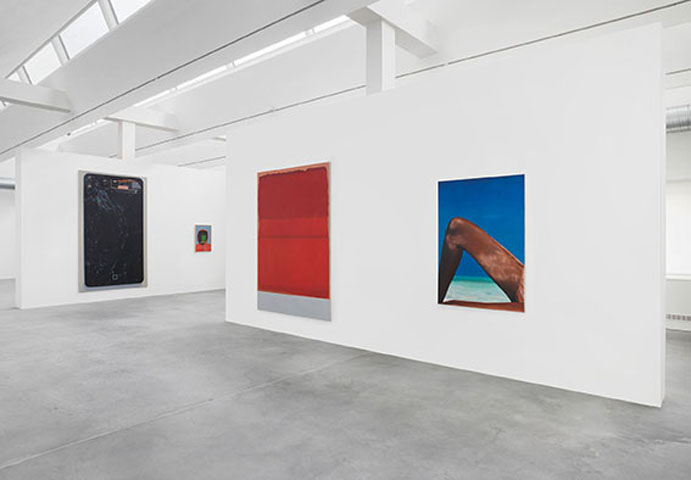
Comments